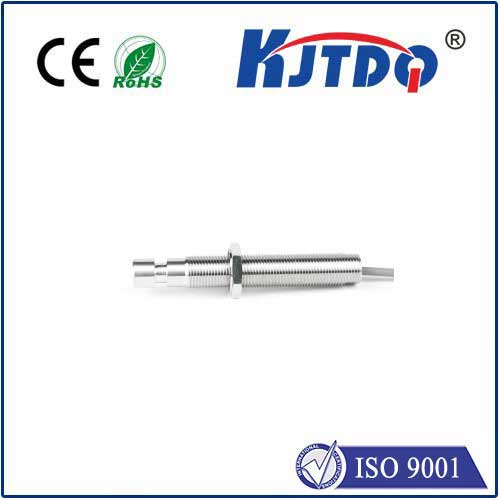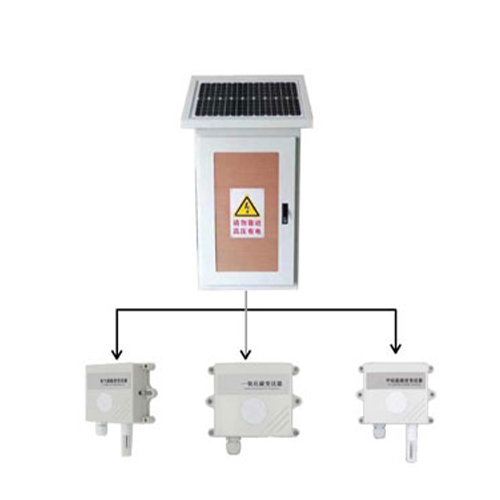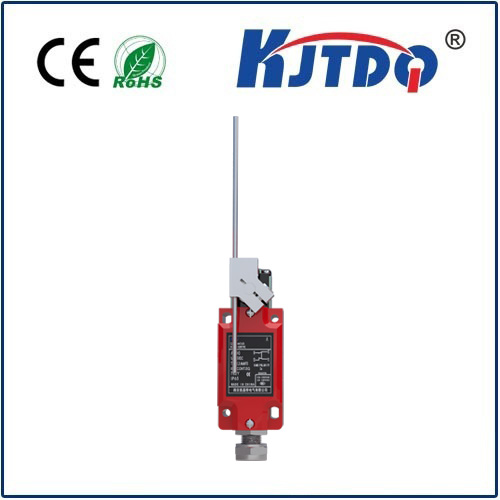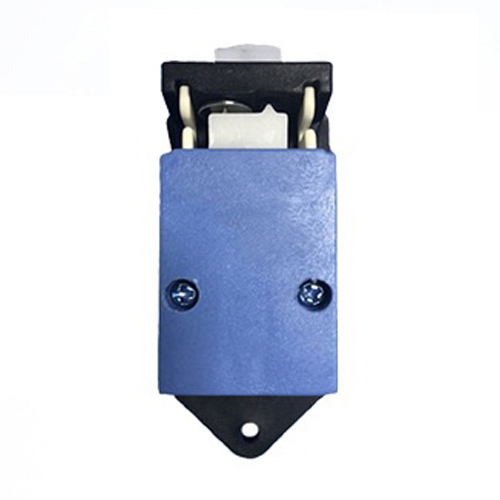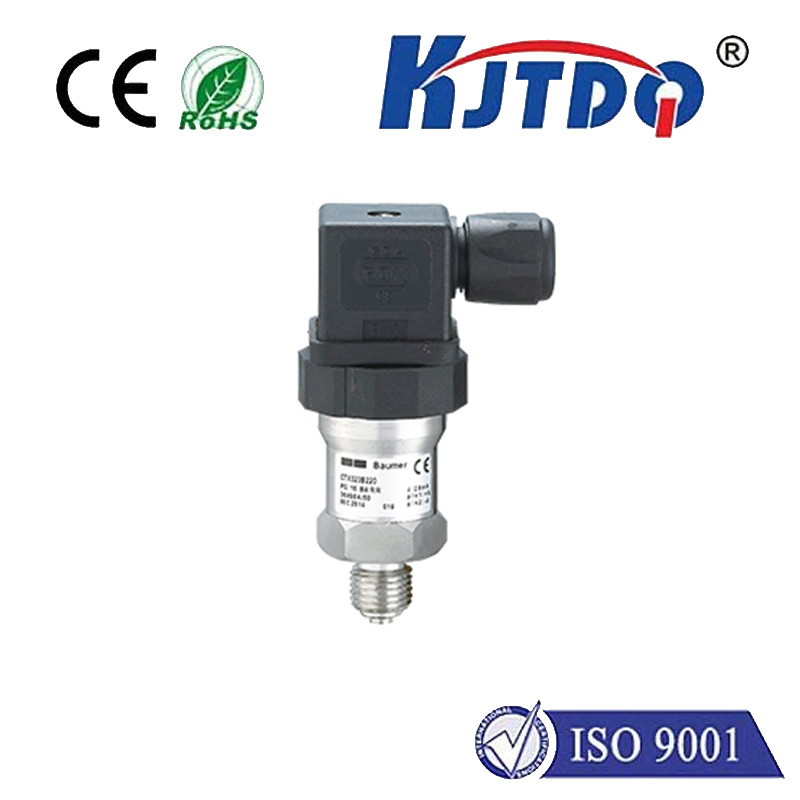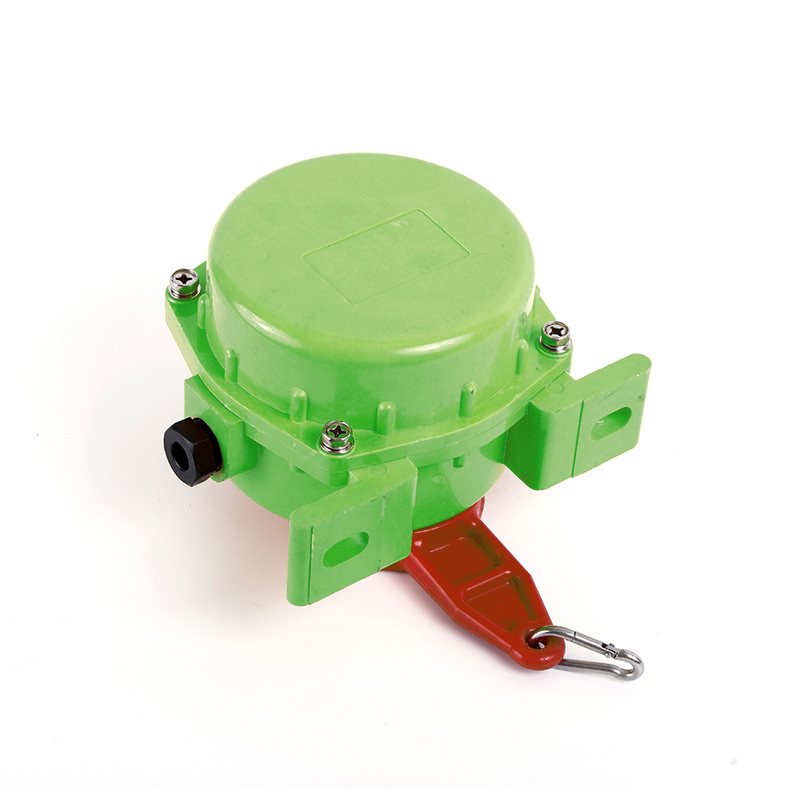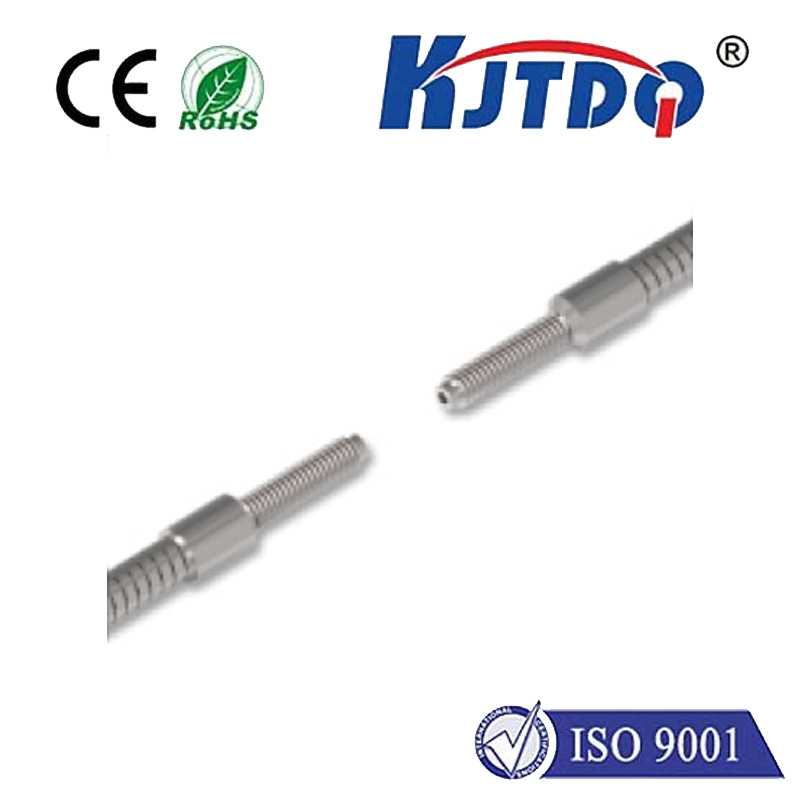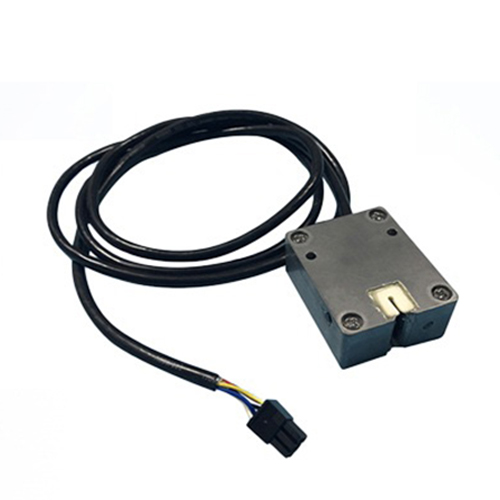

check

check

check

check

check

check

check

check

check

check
Capacitive proximity technology has revolutionized the way we interact with our electronic devices. It is a sensing technique that detects and measures the presence of an object or a person's touch in close proximity to an electronic device without any physical contact. This article will explore the various aspects of capacitive proximity technology, including its working principle, applications, advantages, and challenges.
1. Working Principle of Capacitive Proximity Technology
Capacitive proximity technology relies on the principles of capacitance. When an object or a person's hand approaches a capacitive sensor, it changes the electrical field around the sensor. As a result, the capacitance value of the sensor changes. The change in capacitance is detected by an electronic circuit, which then sends a signal to the device's processor to initiate an action or function.
2. Applications of Capacitive Proximity Technology
Capacitive proximity technology has found numerous applications across industries, from smartphones and tablets to automotive and industrial automation. Some examples include:
- Smartphones and tablets: Touchscreen technology uses capacitive proximity sensors to detect finger movements and gestures, allowing users to interact with their devices without physically touching them.
- Automotive industry: Capacitive proximity sensors are used in vehicles for features like keyless entry systems, door handles, and touchscreen controls.

- Industrial automation: Capacitive proximity sensors are used in machines and robots for non-contact detection of objects, providing safety and accuracy in manufacturing processes.
- Home appliances: Capacitive proximity sensors are used in appliances like microwaves and washing machines for intuitive touch controls and user interfaces.
3. Advantages of Capacitive Proximity Technology
There are several advantages of using capacitive proximity technology in electronic devices and systems:
- Non-contact operation: Capacitive proximity sensors do not require physical contact, reducing wear and tear on the device's surface.
- High sensitivity: These sensors can detect even small changes in capacitance, making them highly responsive to nearby objects or touches.
- Low power consumption: Capacitive proximity sensors consume very little power, making them ideal for battery-powered devices like smartphones and tablets.
- Waterproof and durable: Since there is no direct contact between the sensor and the object, capacitive proximity sensors can be designed to be waterproof and rugged.
4. Challenges of Capacitive Proximity Technology
Despite its many benefits, capacitive proximity technology faces some challenges:
- False readings: Capacitive proximity sensors can sometimes produce false readings due to external factors like moisture, temperature changes, or interference from other electronic devices.
- Design constraints: Integrating capacitive proximity sensors into a device's design requires careful consideration of factors like size, shape, and placement of the sensor elements.
- Cost considerations: While capacitive proximity technology offers several advantages, it may increase the cost of manufacturing electronic devices compared to traditional sensing methods.
In conclusion, capacitive proximity technology has become an integral part of modern electronic devices, offering seamless interaction and improved functionality. As this technology continues to evolve, we can expect to see more innovative applications that enhance our daily lives and make our devices even more intuitive and user-friendly
